|
Resilience is the ability to persist through difficult and changing conditions. It is the ability to adapt; to evaluate a situation, regroup, and move forward. Resilience is not necessarily the ability to resist change and maintain a given state of order and organization, but, as change is inevitable, resilience is rather the combined ability to resist change and to bend with it- to reshape some system of organization in a way that better works with the new conditions, while still maintaining some sense of continuity with the previous manner of organization. So, what makes a system resilient? There are many strategies and techniques for developing and maintaining resilience, but here I will focus on four general categories of traits that make systems resilient, and how to approach using these principles in design. They are: Redundancy, Diversity, Integration, and Feedback/Iteration. Redundancy is having multiple routes to the same end point. Multiple ways of accomplishing the same task. Building redundancy into a system ensures that if one element fails, it doesn’t topple the whole system. I like the analogy of a chain vs a web for suspending a mass. If just one link in the chain breaks, the “weakest link” as the saying goes, the mass falls. In a web, however, multiple strands can be broken, and the mass will still be upheld because redundancy is built in! To build redundancy, try to make sure that every function is supported by multiple elements. In the case of a food system, the function of providing nutrition can be supported through multiple elements by cultivating multiple crops. This way, even if one fails, there are others to rely on. Relying heavily on only one or a few staples puts the whole system at quite a high risk compared to relying only minimally on a wide variety of foods. To take another farm example, in heating a greenhouse, one might include passive solar heating in combination with a hot compost pile, so that if it’s cloudy there is still a source of heat. In the case of a business- farming or otherwise- redundancy might mean offering multiple different products and/or services so that the critical function of obtaining an income is supported in multiple ways. A little more abstract, one would be wise to design co-leadership roles so that the critical function of governance is supported by multiple elements, rather than resting on a single person. In any case, if, when designing systems, one can identify all the functions that are necessary for that system’s operations and find multiple ways to support each function, then redundancy is built in and resilience will follow. The next principle is Diversity. To be diverse is to have a wide range of different types of elements. It is very closely related to redundancy in the design process. Diversity contributes to resilience because differing elements will respond differently to changes. Some may become more functional, while others less. Having a wide range of elements increases the likelihood that at least some elements will not see a reduction in functionality, thereby allowing the system to adapt to the new conditions. Without diversity, it is much more likely that a change in conditions would cause the entire system to collapse. The obvious example here is a monoculture farm. With little to no genetic diversity in the crop, if a new pest appears that can infect one plant, it will infect them all, leading to total crop failure. In a diverse polyculture, however, pests and diseases will have a much more difficult time jumping from one plant to another, so even if one type of plant is compromised, the entire ecosystem is not. In a different scenario, a change in the length of the growing season due to climate change might increase yields of some plants, like tomatoes and cucumbers, while reducing yields of others, like heat-averse salad greens, while increased rainfall, another possible effect of climate change, might reduce tomato and cucumber yields due to mildew, while helping the salad greens to grow. Diversity helps a system adapt to a wider range of possible scenarios. Diversity in leadership is also critical for building resilience in any organization. Different types of people with different backgrounds and life experiences will have different perspectives on the world. When new challenges arise for an organization, a diverse leadership team will have a greater range of interpretations of the situation and ideas about how to adapt and move forward than a less diverse team. With this larger pool of ideas, the organization is more likely to enact a better course of action than if everyone thought the same way and the range of ideas was much more limited. For a business, having multiple income streams that are diverse, i.e. different from each other, is likely to build more resilience than if the multiple income streams are very similar. For example, a shop that serves ice cream and sorbet is unlikely to do well when the weather gets cold, but one that serves ice cream and hot tea would be much more resilient to changing weather, and one that sells ice cream, hot tea, and books even better still. If there is a dairy shortage and the ice cream inventory goes low, supply of tea and books are unlikely to be affected and can be increased temporarily to pick up the slack. In general, the more diverse elements can be, the better- so long as they still make sense together. Which brings us to our next principle: integration. Integration is about getting elements in a system to work together, to support each other through collaboration rather than fight each other through competition. Fostering integration in a system helps to build resiliency by creating abundance. When the output of one element or function can be used as the input of another, waste is turned into resource and abundance is realized. In addition to our above statement for redundancy- that every function be supported by multiple elements- we can add for integration that every element should support multiple functions. To look back at our farm example, manure from raising animals could be integrated into vegetable production by making a hot compost pile in the high tunnel, contributing heat to extend the growing season through the cold months and then becoming nutrient-rich fertilizer in the spring. Then weeds and less palatable parts of the vegetables- like turnip leaves- can be fed back to the animals. Two diverse subsystems are integrated, the “waste” of each being used as resource for the other. The functions of heating the greenhouse and fertilizing the vegetables are integrated through the dual action of the animal manure; the element is serving multiple functions. In our business example, selling books can be integrated into the café aspect of the business, as folks who come in to buy a cup of tea might buy a book and spend some time reading it, perhaps buying another cup later, and folks who came in to buy a book might sit down and read it with a cup of tea. The two are complementary and don’t require very different work in terms of logistics and operations management. A seating area serves the dual-purpose of being a place to read and drink tea. Compare that to say, selling tea and cleaning carpets, two, albeit very diverse, income streams, but that would very hard to coordinate, as there is almost no overlap in the equipment, operations, and marketing required of these two services. For our organizational governance, we might integrate the management into the actual workforce, for example as in a worker cooperative, so that the functions of governance and labor are performed by the same elements- the Worker/Owners- and the governing body can better understand the conditions of that which it is governing, rather than being isolated as with hierarchical management roles. Finally, we have the principle of Feedback and Iteration. Feedback is taking cues from the system and its environment and iteration is using that information to make gradual and continuous adjustments to the organization of the system. This principle rests on two important facts:
With those facts in mind, we turn to Feedback and Iteration. We make a plan and see how it works out, knowing that it will not go exactly as planned. We make observations and try to be sensitive to the feedback that is actually given to us by the system, rather than performing mental gymnastics to convince ourselves that it is telling us what we want to hear, what we planned for. We then take that feedback to heart and make adjustments to our system to reflect that feedback and move the system in the direction that we want, while also taking note of the direction that the system is moving on its own and working with that movement whenever possible. Maybe on our farm we observe that the compost isn’t heating the greenhouse as much as we thought it would, and we have to increase the size of the pile. Maybe there is cross contamination between the vegetables and the manure, and we have to move the pile outside the greenhouse and build it around a coil of water that we pump into the greenhouse as a heat exchanger. Maybe the compost is just woefully inadequate for heating the greenhouse, despite our best efforts, and we find a new way to heat the greenhouse, or even decide that we don’t need the greenhouse to be heated at all. Perhaps in our library café business we notice that few people are reading or buying books, but that the one boardgame we accidentally left out after our worker-owner game night was such a hit that we decide to stock the shelves with boardgames and make it a game café instead. We might find that the structure of our official Meetings is not the most conducive to getting actual work done, and leaves us all feeling drained, so we decide to modify our Meeting procedure and create a new type of gathering, called a Hootenanny, where we gather as working groups in a more casual and relaxed setting to get things done, then reconvene as a whole to share what we’ve done in our “capital M” Meetings, which are now shorter and purely for getting each other up to speed and making official decisions. Don’t do things one way just because that’s the way that you’ve done it or planned to do it. Don’t ignore reality and live in a dream. Accept feedback on the way things really are and apply iterative changes to bring that reality in line with your dreams. Let things change. And that includes your dreams. Don’t hold onto a vision that you no longer align with just because you used to. Be who you are now, as an individual or as an organization, not who you thought you wanted to be when you began. My hope is that these words will help you to see these patterns in your life and apply them to build resilience in whatever project brings you purpose. As best I could, I tried to incorporate these principles in this very essay. Using redundant, diverse, and integrated examples, and applying feedback and iteration to the writing and editing process, allowing the narrative to change throughout the writing process. Change is inevitable. Only by becoming resilient can we maintain our composure amid the turbulent seas of time. By cultivating redundancy and diversity, by integrating rather than segregating, and by accepting feedback and applying iterative changes, we can build resilient systems: farms, businesses, communities, identities. In accompaniment to these words, please Enjoy the Song "Change" by: Big Thief
1 Comment
Hello winter ones!
This is our first multi-media blog post of a series based on “Community Resilience”. Each month we will be focusing on a Rhode Island based organization whose mission is rooted in supporting our community, the arts, and our environment. We hope that they make you bubble with all sorts of feelings! Revive the Roots will be kicking it off with the first post, talking about our home at Mowry commons and sharing a song to guide you through the trails. PT 1: Revive The Roots has been around for 10 years now and this year is a big one for us. We are in the process of securing a home and the adjacent 5 acres of land to be a resource for farmers, educators, environmentalists, artists, and seed stewards. Our goal is to make this land and house accessible to our growing community while continuing to steward the public land of Mowry Commons. So, what does it actually mean to be a commons? We are all a part of this abundant ecosystem and just like we cherish the biodiversity of the flora and fauna, we acknowledge that our efforts would fall short if we saw ourselves as separate. The more people in the community that care for and protect this space, the stronger our relationships will become. In 2022 our hopes are to expand our community’s voice and to increase access to knowledge and resources for environmental educators, land stewards, artists, and families who need a cooperative network to grow with. A commons is the community’s land to create with, build with, grow with, sit with, give to, and care for. PT 2: During the winter, the land reflects the cycles of our body, with inward growth and resilience. The ground freezes and thaws, and time is measured by how thick the ice is or how long the golden hours last. This cold weather makes me want to flop down face up on the ground feeling all the sharp jagged edges of crusty snow not really comfortable but realizing you have too many layers on to make the climb back up enticing. Beached on the jagged snow like a plump seal pup. With that scene set, I wanted to end this post by sharing a song my friend Adam wrote. When he sent it to me, I felt like it had the cadence of the cold. I wanted to be outside. I ended up recording over Adams sounds with the windchimes outside of the Mary Mowry House and hard snow underfoot. https://soundcloud.com/user-915719726 This idea was inspired by a couple groups doing similar tracks. (Thank you The Royal Frog Ballet and Haus of Glitter for the inspirations!) We hope you can take some time for yourself this winter and use this song as a score to your day to day. Hope to see you all on the land. Lots of love, Annie Elizabeth Co-manager at Revive The Roots Other organizations that are reimagining land access and some inspiration for winter walking to sonic creations! Haus of Glitter: https://www.hausofglitter.org https://soundcloud.com/hausofglitter/sets/winter-walking-meditations Royal Frog Ballet: https://www.theroyalfrogballet.com The Northeast Farmers of Color Land Trust - https://nefoclandtrust.org “The Northeast Farmers of Color Land Trust* (NEFOC LT) is a hybrid model land trust, bringing together a community land trust model and a conservation land trust model to reimagine land access as well as conservation and stewardship of communities and ecosystems with the goal of manifesting a community vision that uplifts global Indigenous, Black, and POC relationships with land, skills, and lifeways.” The Agrarian Commons - https://agrariantrust.org “Our land is the foundation of society, our economy, and all humanity, it is also home to all ecosystems and wild creatures. Our management and ownership regimes, our notions of private property and water rights do not override the laws of nature. We acknowledge the limits of fragile systems, and that we are land users in common with wetlands and wildlands that must be protected from damage.” |
AuthorAnnie Bayer Archives
February 2022
Categories |
CALL OR VISIT
374 Farnum Pike
Smithfield, RI 02917
(401) 305-0539
374 Farnum Pike
Smithfield, RI 02917
(401) 305-0539
© Revive the Roots. All rights reserved.

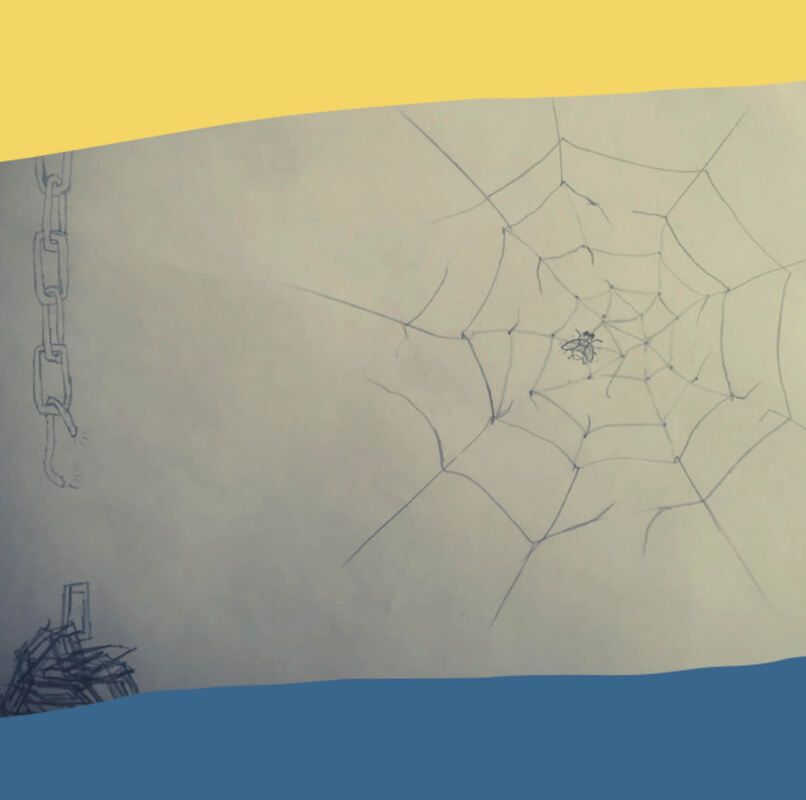

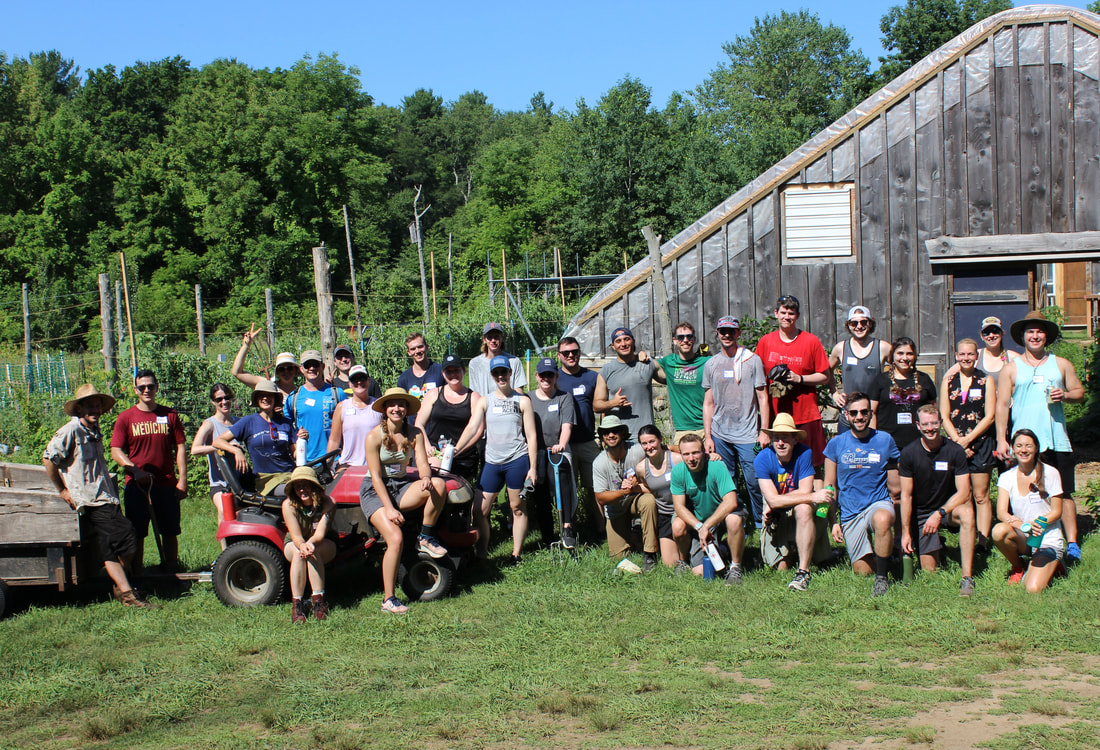
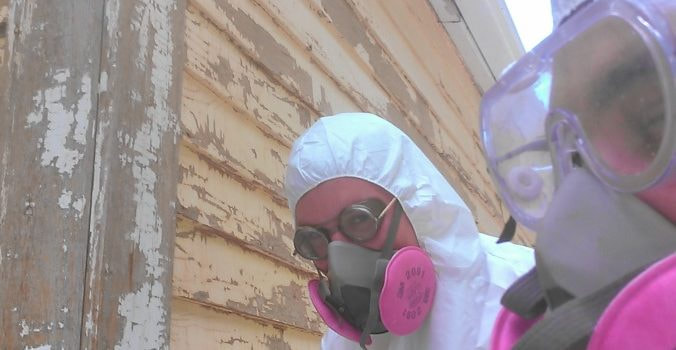


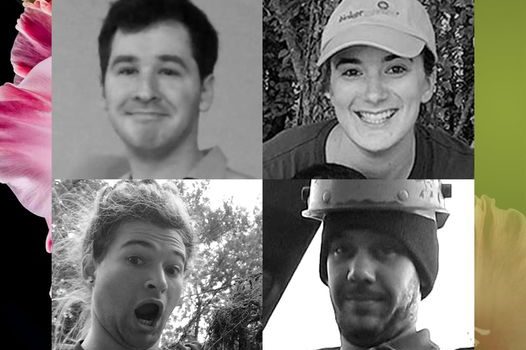

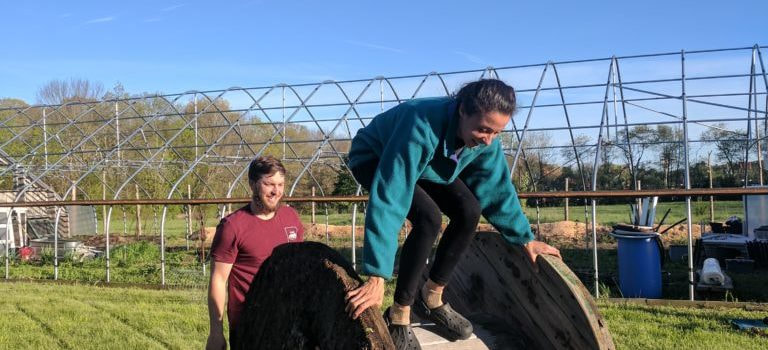




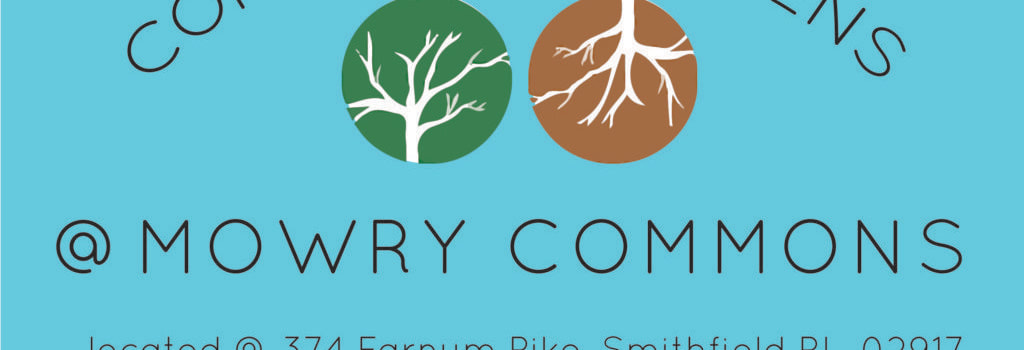


 RSS Feed
RSS Feed